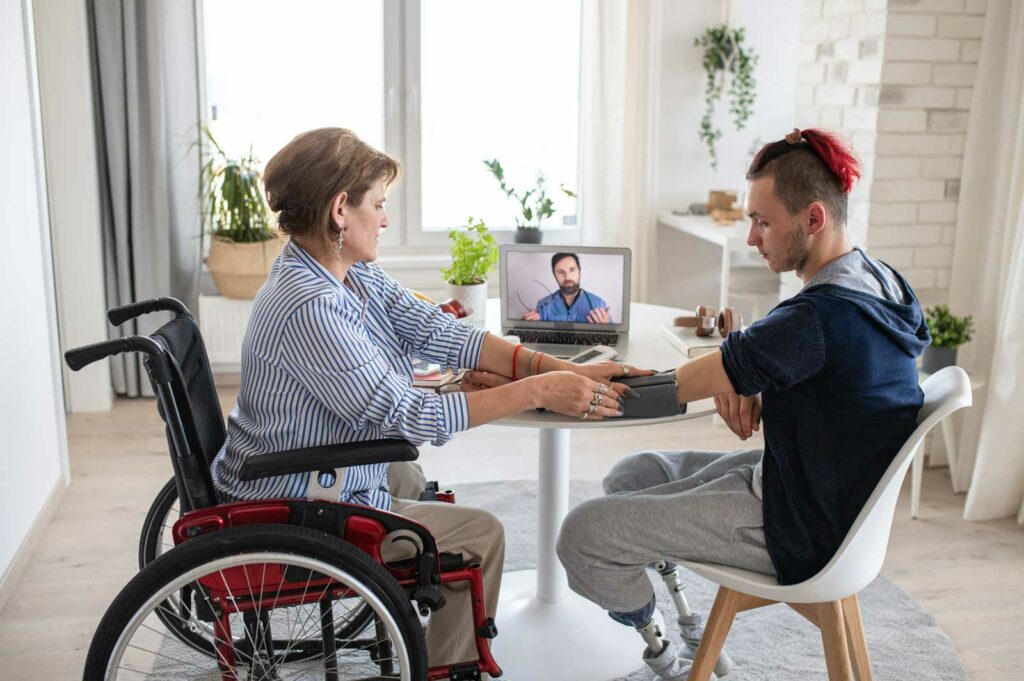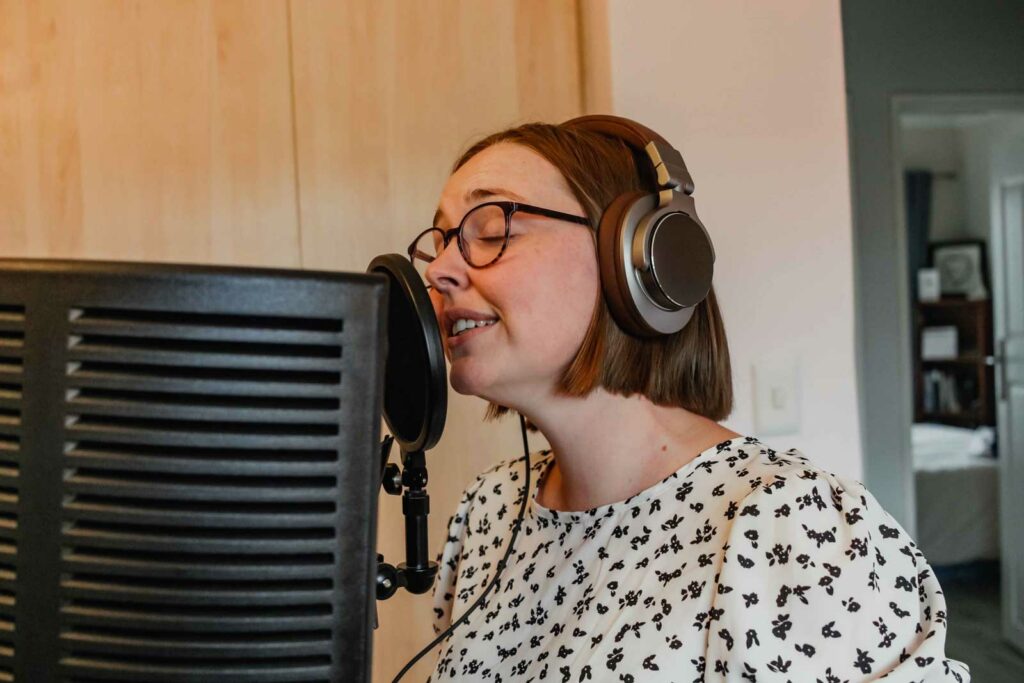Best Degrees for Remote Work: Unlocking Your Digital Nomad Potential
The remote work revolution is here, and it’s reshaping the professional landscape. But what about the academic paths that lead to remote work success? What about the degrees that have seen a surge in demand in the remote job market? …
Best Degrees for Remote Work: Unlocking Your Digital Nomad Potential Read More »








